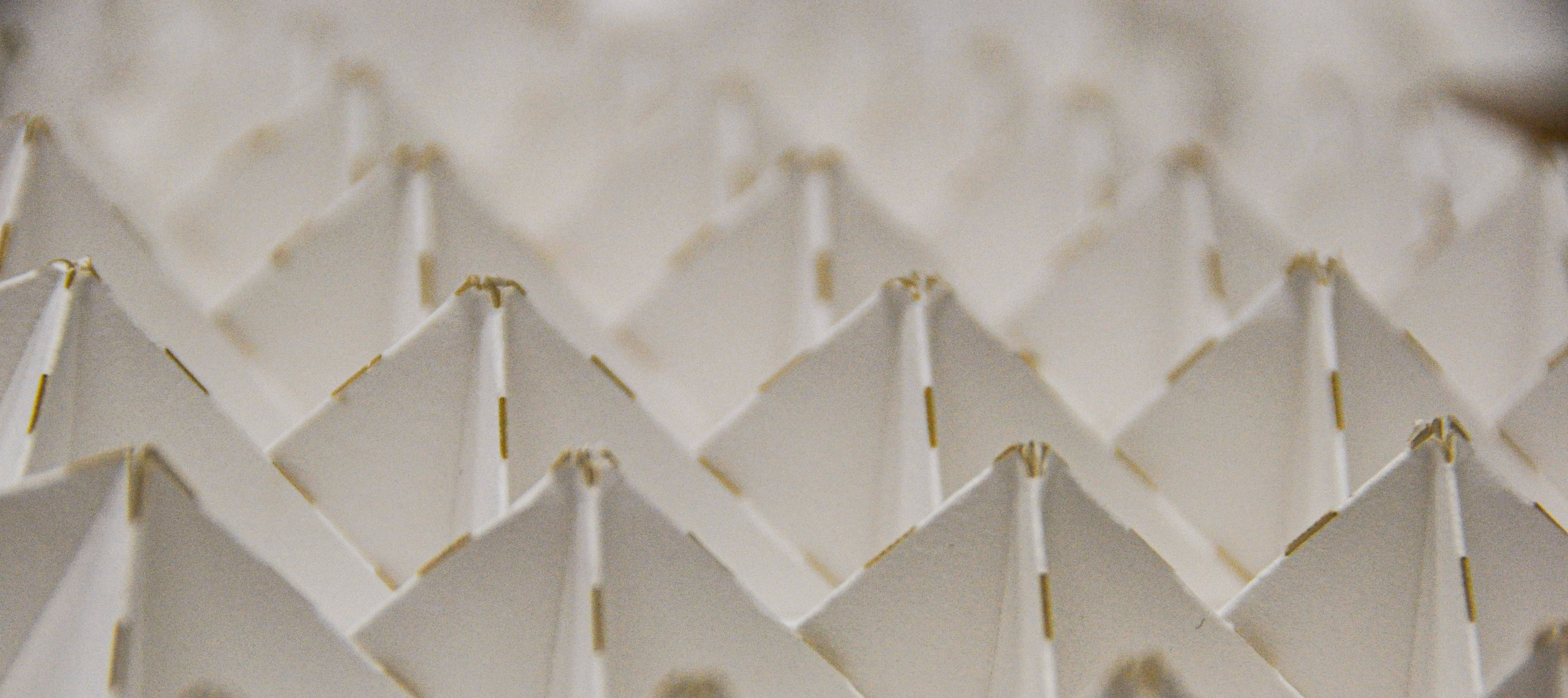 Work
Work

Can you remember the last time you enjoyed opening a plain brown cardboard box?
As part of our master’s thesis project, our team of three set out to reimagine luxury packaging, focusing on fragile high-end goods. To test worst-case scenarios, we designed packaging specifically for wine glasses, ultimately narrowing our scope to wedding registries—a market where both presentation and protection matter.
Goal: To create a more enjoyable e-shopping experience for luxury goods.
Purpose: Master's thesis project.
The classic brown box isn’t suited for high-end e-retail items. Despite luxury branding on the inside, the unboxing experience is often underwhelming. We saw an opportunity to create a consistent, premium e-retail experience by:
Before designing, we needed to understand the full shipping journey—from online order to final delivery.
A visit to Williams-Sonoma provided firsthand insights. Denise, the inventory and online orders manager, happened to receive a shipment of fractured wine glasses that same day, reinforcing that protecting fragile items in transit remains a critical issue.
We explored a range of structural packaging solutions, taking inspiration from:
Our final design was a fully recyclable, single-sheet tessellated paperboard structure. This eliminated the need for bubble wrap or excess packaging, relying instead on strategic folds for durability.
To ensure both protection and cost-effectiveness, we tested various materials on an MTS machine to analyze their elastic modulus. Based on material performance tests and UPS shipping safety standards, we selected 80 GM paper—lightweight, cost-effective, and optimal for protection.
Mastering the folding mechanism was critical for scalability and manufacturability. Inspired by origami, our packaging design:
To test our prototype, we shipped a fragile wine glass in the Pineapple package via UPS. Despite some minor external damage, the wine galss inside remained completely intact—validating our approach and getting us closer towards sustainable packaging solutions.
Emily Kahn, Fatima Al-Doukhi.
Advisor: Mark Yim
Digital Cuisine
Digital Meat
Smar+er Care
Pineapple Packaging
CUE-V
Bluti Bros